Best Questers Library
Empowering Growth in Individuals, Educators and Corporations
Meet Our High Five to Thrive Authors
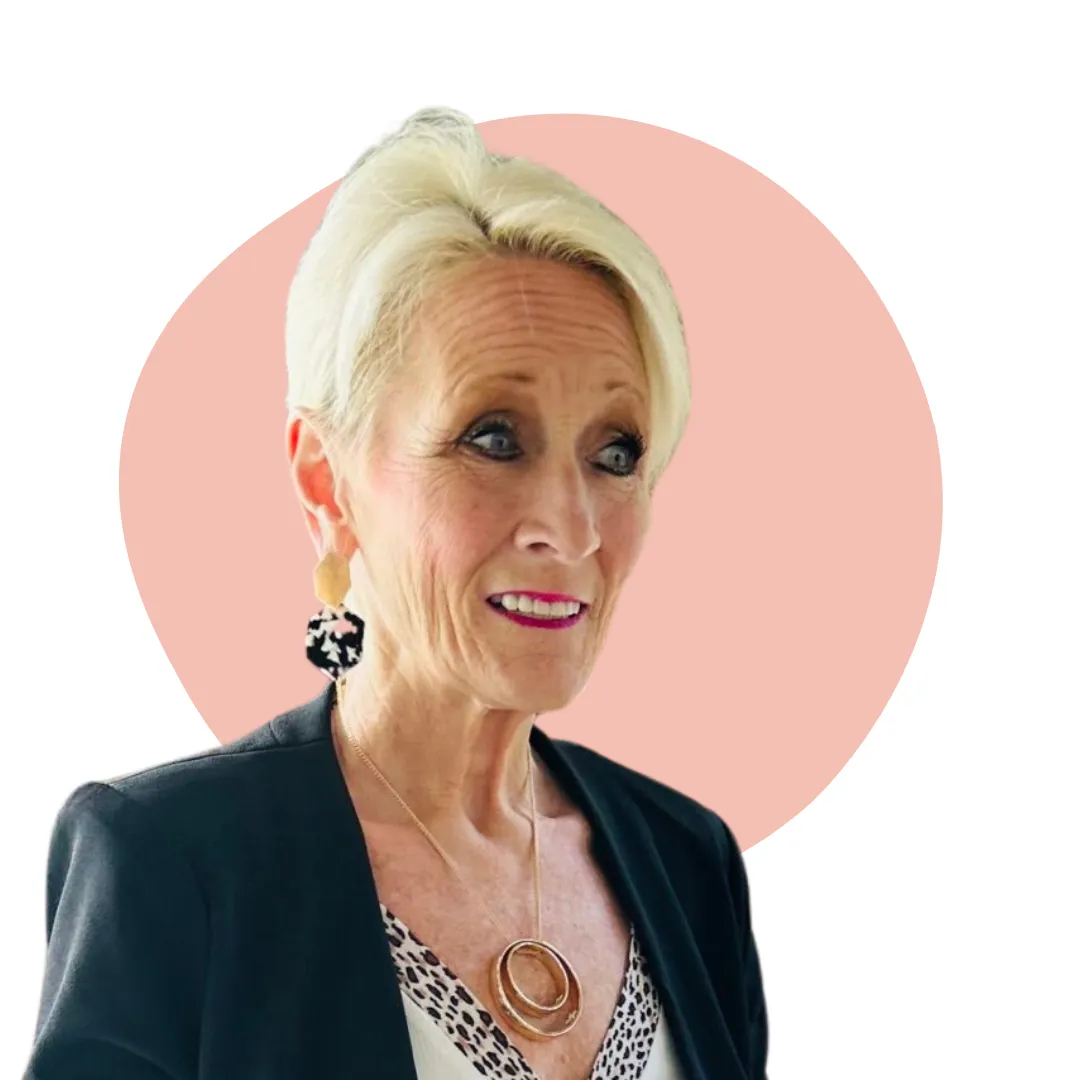
Dr. Donita Grissom
Chief Executive Officer
Dr. Donita Grissom is a passionate educator, mentor, and advocate for hope and empowerment. With a Ph.D. in TESOL from UCF, she has dedicated her career to teacher training, multilingual education, and cultural proficiency. A certified life coach and hope specialist, she uses research and experience to uplift others. As a professor, consultant, and speaker, she inspires educators worldwide to create meaningful change.
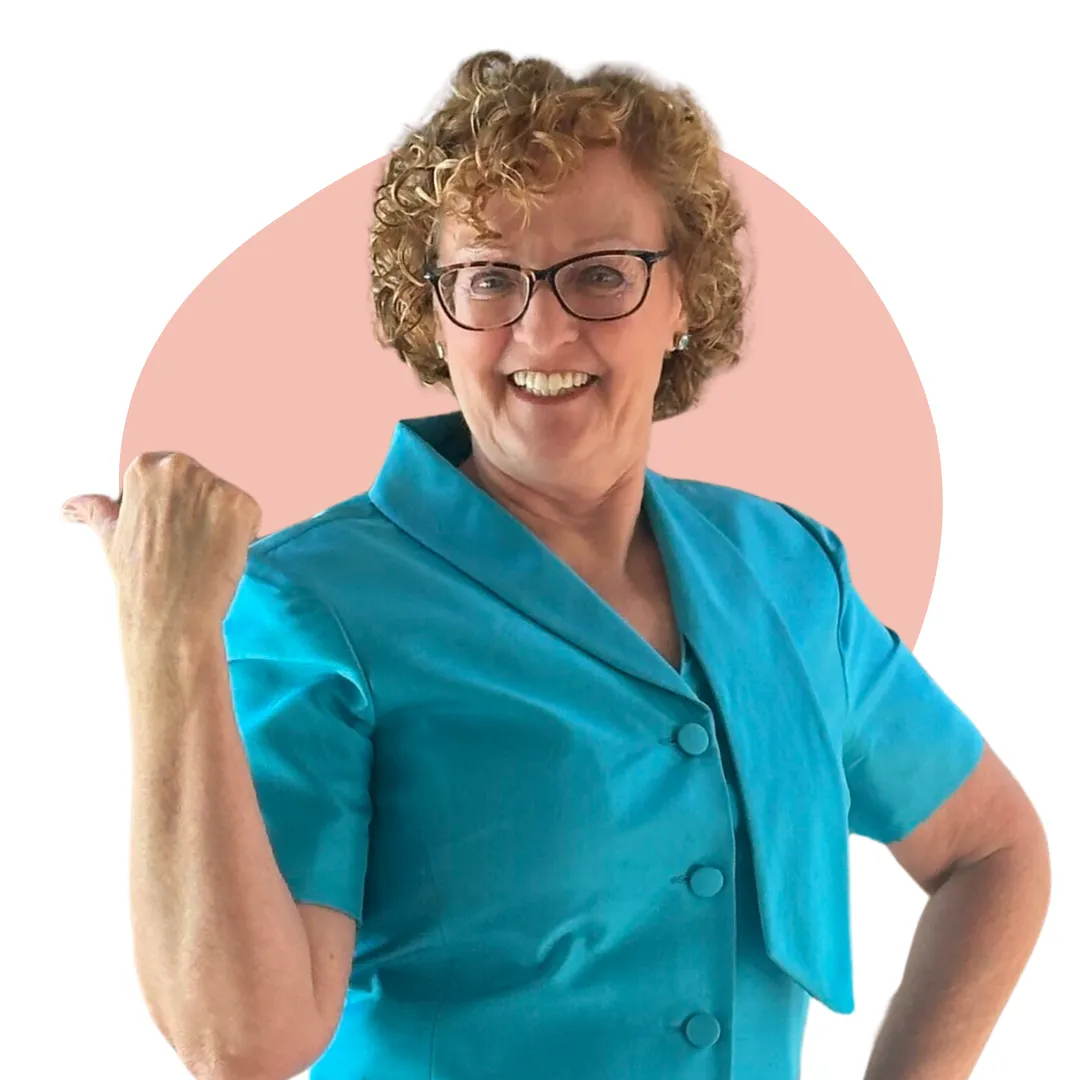
Debbie Simoes
President
Debbie Simões' journey began with a passion for teaching, inspired by giants like Zig Ziglar and John Maxwell. Despite a brain injury altering her path, she earned two M.Ed. degrees and became a leader in education. As the founder of Best Questers, she empowers educators through training, leadership, and connection. When not "Best-Questing," she enjoys her South Florida garden with her husband and pets.

Dr. Viki Kelchner
Vice-President
Dr. Viki Kelchner is a globally recognized expert in counseling and education, dedicated to supporting youth, families, and educators. A licensed professional counselor and school counselor, she has over 25 years of experience in mental health and trauma-informed practices. She trains future counselors and collaborates with schools to promote well-being. Passionate about self-care and inclusion, she’s currently writing a book on teacher wellness.
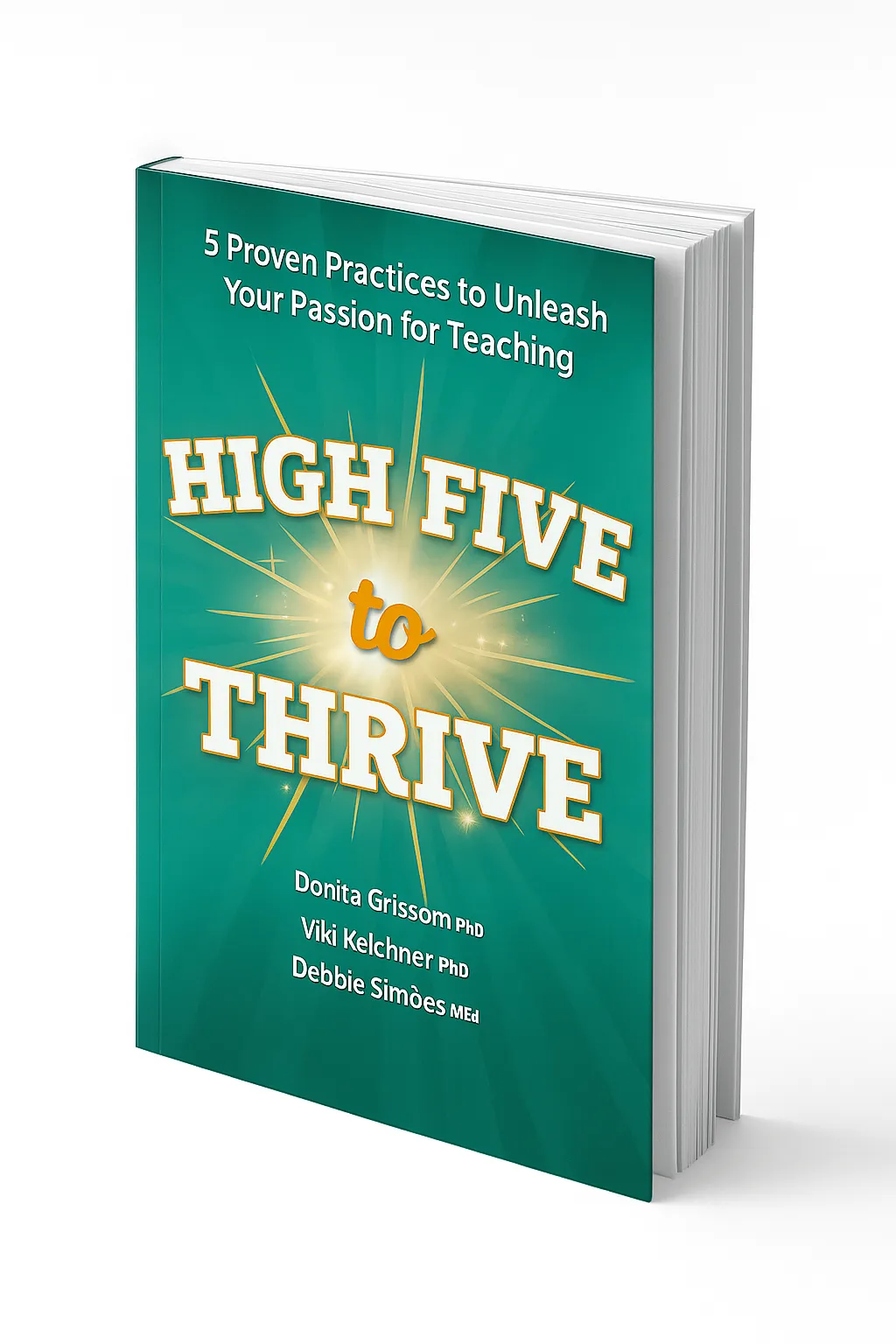
High Five to Thrive
This practical, uplifting resource can help you:
Build confidence with five simple, research-backed practices
Take meaningful action by creating a personalized plan
Recognize growth with a pre- and post-assessment
Restore hope through relatable educator scenarios
Tune into your passion for education
Wherever you are on your teaching journey-overwhelmed, inspired, exhausted, or just unsure-this resource can help you claim your passion and thrive.
There are a variety of ways to purchase the book:
To purchase the paperback directly, click here.
To purchase the ebook directly, click here.
To purchase paperback from Amazon, click here.
To purchase the ebook from Amazon, click here.
To purchase paperback from Barnes & Noble, click here.
To purchase the ebook from Barnes & Noble, click here.
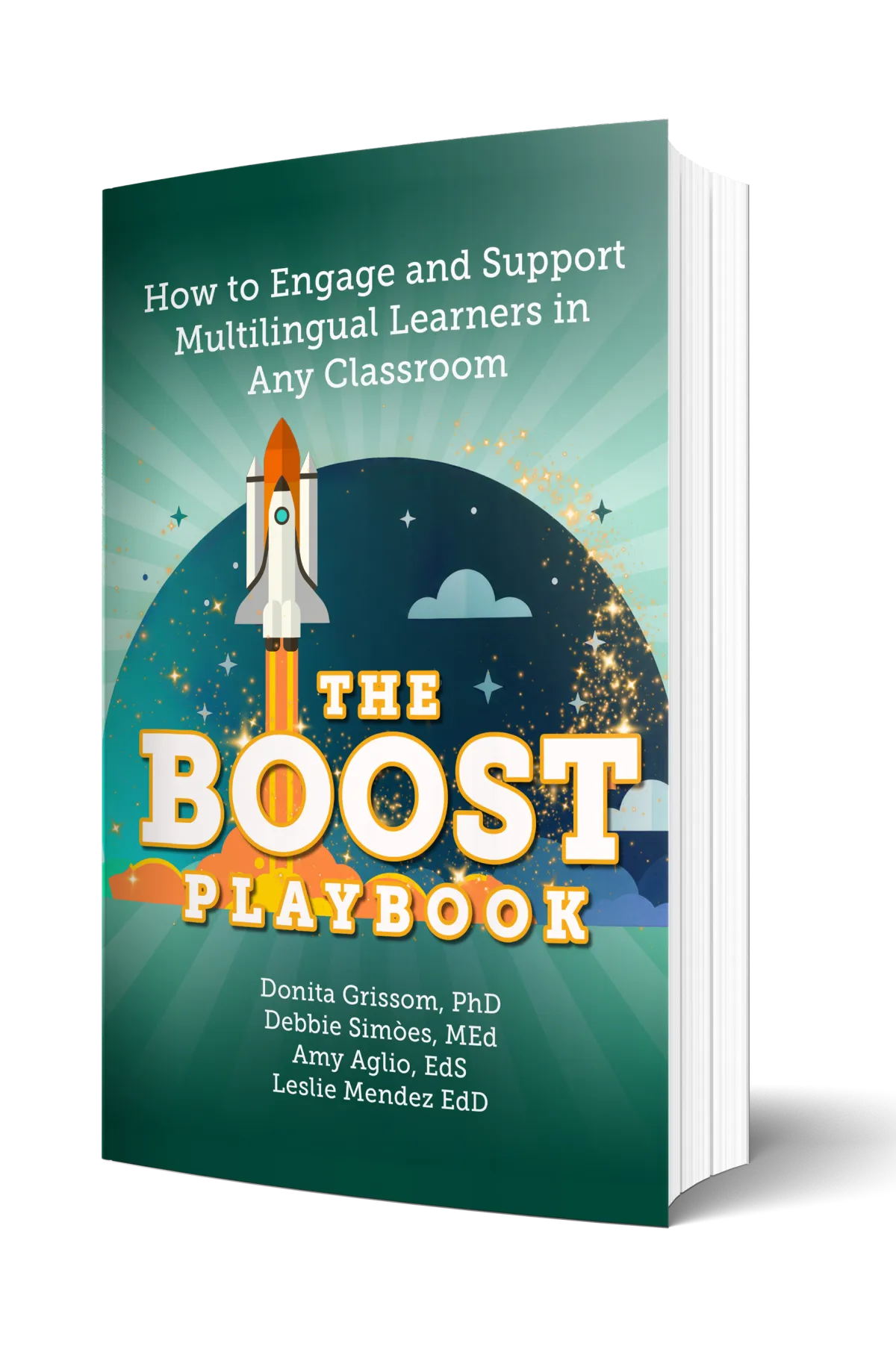
The Boost Playbook
Inside, you'll discover how to:
Bridge the gap between language learning and academic success.
Boost engagement with language-rich instruction without increasing your prep time.
Make any lesson accessible, no matter a student's proficiency level.
Scaffold content without watering it down.
Build confidence in teaching multilingual learners-starting tomorrow.
Get ready to level up your practice and create a classroom where every student can win. The BOOST Playbook will transform the way you see your role and your students' potential.
There are a variety of ways to purchase the book:
To purchase the paperback directly, click here.
To purchase the ebook directly, click here.
To purchase paperback from Amazon, click here.
To purchase the ebook from Amazon, click here.
To purchase paperback from Barnes & Noble, click here.
To purchase the ebook from Barnes & Noble, click here.
Learning & Development
Best Questers Blog

The Power of Connection – Blog Post #4
The Mental Model Shift That Changes Everything
"We don’t see things as they are; we see them as we are." —Anaïs Nin
We all enter the classroom with a lens. Some call it perspective. Others call it mindset. In his famous Life Mastery Class, Dr. Srikumar Rao uses a term that digs a little deeper: mental models.
Mental models are the beliefs we carry—often subconsciously—that shape the way we see our students, our colleagues, and even ourselves. They color how we interpret behavior, how we give feedback, and how we decide who deserves our time, trust, or patience.
Let’s unpack how these invisible frameworks can either build bridges or create barriers. And when connection is the mortar of a thriving classroom culture, our mental models matter more than we realize.
The Mortar That Holds It All Together
Think of a classroom like a carefully constructed structure. The content, the strategies, the academic expectations—these are the bricks. They’re essential. But bricks alone don’t create something lasting.
The strength of any structure comes from the mortar that binds the bricks together. In our classrooms, that mortar is connection and belonging. These are what give the structure resilience. When students feel emotionally safe and connected, everything else we build—lessons, systems, routines—has a better chance of holding strong. Without that mortar, the structure weakens, no matter how solid the individual bricks may be.
The UPR Shift
One of the most transformative shifts a teacher can make is embracing a mental model of Unconditional Positive Regard (UPR).
UPR is the belief that every student—yes, every one—has value. It’s choosing to see the 10 on every child’s forehead, even on the hardest days. It’s not about ignoring behavior; it’s about believing there’s a person behind the behavior who is worthy of care, curiosity, and support.
When we adopt this mental model, our classrooms shift. Students sense the safety. They begin to trust. And trust is the birthplace of growth.
Make No Mistake
Let’s be clear: this isn’t about being naive or ignoring boundaries. UPR doesn’t mean allowing disrespect or chaos. It means responding with consistency, fairness, and belief in each student’s potential—even when they test it.
UPR is what allows us to say, "Your behavior is not okay, but you are still valuable, and I’m not giving up on you."
The Law of Buy-In
John Maxwell teaches that people buy into the leader before they buy into the vision. That’s true in schools, too. Students buy into the teacher before they buy into the lesson.
And students are more likely to buy in when they believe that we see the best in them. That’s what UPR looks like. That’s what powerful mental models do: they create space for students to become the best version of themselves because they’re not constantly trying to prove they belong.
A Quick Pulse Check
Here are three reflective questions you might ask yourself as you assess the mental models shaping your classroom culture:
Do I assume the best about my students until they prove otherwise—or the other way around?
What language do I use (even internally) to describe students who challenge me?
Do I see behavior as a message or as a personal attack?
Small shifts in our mental models create big shifts in our relationships. And big shifts in relationships is where transformation lives and how we make a difference that matters.
Using Diffusers to Maintain Connection in the Moment
When students push back—“This is boring!” or “Why do we have to do this?”—it can be tempting to react with authority or defensiveness. But a Classroom Leader knows how to protect the learning environment and the relationship.
That’s where diffusers come in.
A key strategy from the Time to Teach Classroom Leadership model, diffusers are short, neutral responses that acknowledge the student without escalating the situation. Delivered calmly and matter-of-factly, they help us maintain composure, continue teaching, and preserve psychological safety.
A few powerful examples:
“I hear you, but let’s press on.”
“That may be true.”
“I understand.”
“Nevertheless…”
Diffusers allow students to feel heard without giving up instructional control. And because they’re non-confrontational, they help prevent power struggles before they begin. Later, we can address the behavior privately with intention and care.
For teachers facing escalating student behaviors, especially newer educators, diffusers are a game-changer. They’re small moves with a big impact—one more small biggie in our leadership toolkit.
Leadership Grows Here
The more we refine our mindset and equip ourselves with impactful strategies, the stronger our influence becomes. That’s classroom leadership in action. And that’s why investing in our own growth is never self-indulgent—it’s essential.
We’ll dive deeper into the practice of connection and influence in the final post of this series. For now, I invite you to do something simple but powerful:
Commit to one small shift that just may become your next small biggie (a small thing that makes a BIG difference).
Remember, how we see our students and how we show up in our classroom shapes how we lead.
Success Stories That Inspire
Our personalized approach has made a real difference in the lives of educators, caregivers, students and corporate clients. Here’s what they have to say about their journey with us.
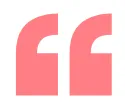
“Thank you so much for the time and attention you dedicated to provide sessions specifically tailored to build on our professional learning plan and for including every detail we discussed. Your attention to our district needs went above and beyond expectations. I’m very grateful for the feedback you were able to provide based on session discussions. It will serve to guide our next steps and follow up with administration.”
-Tracie Carollo, Secondary ELA Specialist/World Languages, Escambia County Public Schools

“Thank you so much for your dedication and commitment to the VIQI Project! Your partnership has been instrumental and we couldn’t have done this without you. Thank you for navigating your challenges so gracefully and for your unwavering support to the teachers and children of St. Lucie.”
-Isabel Acosta, Variations in Implementation of Quality Interventions (VIQI): Examining the Quality Child Outcomes Relationship in Child Care and Early Education

Empowering Those Who Teach, Lead and Inspire
When You Thrive, Everyone Rises!
Links
Home
About Us
Blog
Store
Contact Us
Legal
Terms of Use
Term & Condition
Payment Method
Privacy Policy
Join Our Community
Join our community to stay updated on the latest courses, exclusive content, and learning resources. Subscribe now and take the next step in your educational journey!

